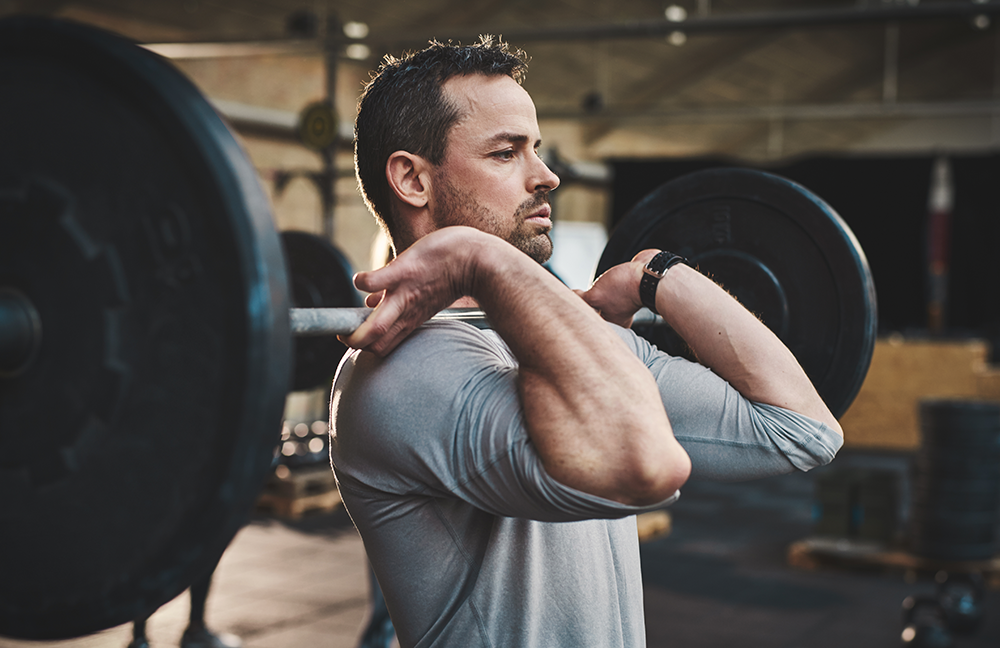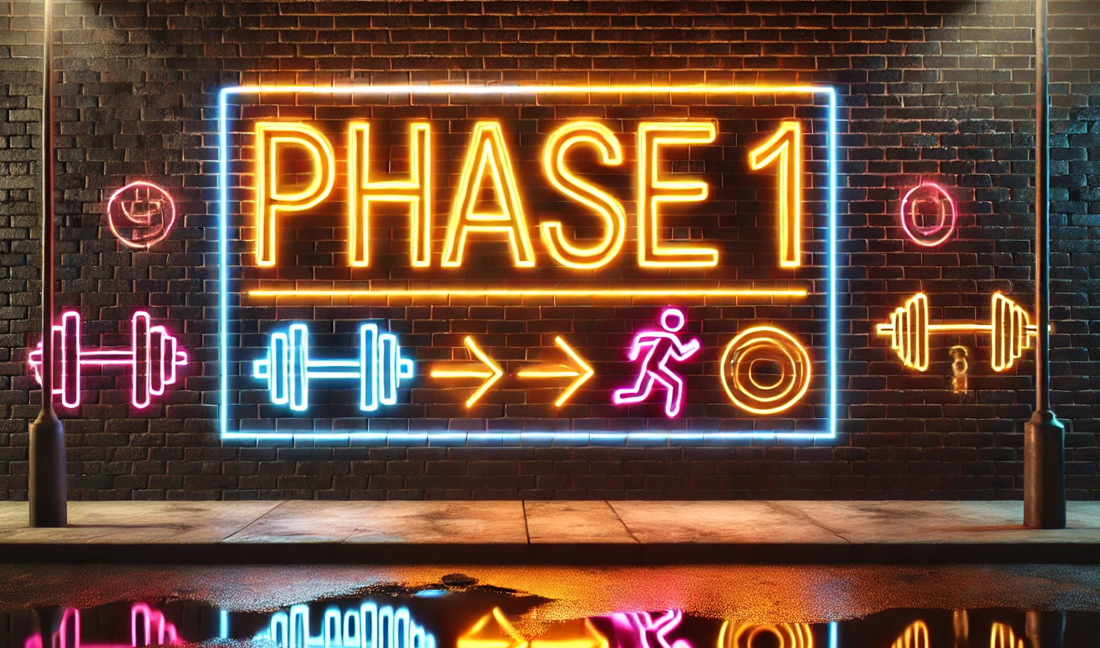Finding the time to exercise can be challenging, especially with work, family, and other responsibilities. This brings up a common question: What is the optimal workout duration? Does it need to be an hour, or can shorter sessions also deliver results? Let’s explore the factors that influence workout length and help you determine what’s best for your fitness goals.
1. Factors That Determine Workout Length
There’s no one-size-fits-all answer to the ideal workout duration. The optimal length depends on several factors, including your fitness level, goals, schedule, and more. Let’s break these down:
Fitness Level
Your experience in the gym plays a significant role in determining how long your workouts should last.
- Beginners: If you’ve been working out for less than a year, shorter sessions (25-40 minutes) are typically sufficient. Your body responds well to minimal training because it’s still adapting to the stress.
- Intermediate Trainees: Those with 1-3 years of consistent training experience may need 45-60 minutes to complete workouts, allowing for more volume and intensity.
- Advanced Athletes: With 5+ years of experience, advanced lifters may require 70+ minutes to target muscles effectively and keep progressing. Their workouts often include more exercises, heavier weights, and longer rest periods.
As you advance, your body needs more stimulus to grow, which often translates to longer sessions.
Training Goals
Your objectives dictate how you structure your workouts and how long they take.
- Strength Training: Building strength involves lifting heavy weights (80%+ of your one-rep max) with fewer reps (3-6) and long rest periods (3-5 minutes). These workouts can last 60-90 minutes, as resting adequately is crucial for maintaining performance.
- Muscle Hypertrophy: Focusing on muscle growth involves moderate weights, more sets, and shorter rest periods (1-2 minutes). These workouts typically last 45-75 minutes.
- Endurance or HIIT: High-intensity interval training (HIIT) or endurance workouts are shorter by design, usually lasting 15-30 minutes. These sessions focus on maximizing effort over a brief period.
Your goal will heavily influence the pace, structure, and duration of your workout.
Schedule
Time constraints are a reality for many people. If your schedule only allows for 30 minutes, that’s okay! The key is optimizing that time:
- Focus on Compound Movements: Exercises like squats, deadlifts, and push-ups work multiple muscle groups, delivering a high return on investment.
- Use Intensity Techniques: Supersets, circuits, and HIIT can increase the efficiency of your workouts.
Even with limited time, a well-structured session can deliver significant results.
Stress Levels
Stress impacts your body’s ability to recover from workouts. If your life is particularly hectic, long, intense sessions may do more harm than good. Symptoms of overtraining include:
- Irritability and mood swings
- Sleep disturbances
- Declining performance in the gym
In such cases, shorter, less intense workouts may be better suited to your recovery capacity.
Nutrition
Your diet influences how much energy you have for exercise and recovery.
- Calorie Surplus: If you’re eating to build muscle, your body can handle longer, more challenging workouts.
- Calorie Deficit: During weight loss phases, shorter workouts are often better to avoid excessive fatigue and preserve energy for recovery.
Workout Pace
The tempo of your workout also affects its duration. For instance:
- Slow-Paced Strength Training: Longer rest periods and precise execution mean workouts take more time.
- Fast-Paced HIIT or Circuit Training: These sessions pack a lot of intensity into a short timeframe, usually 15-30 minutes.
You can train hard or long, but rarely both in the same session.
Weekly Routine
The number of weekly workouts influences individual session length. For example:
- 3 Days a Week (Full-Body Workouts): Each session must be longer (60-75 minutes) to ensure adequate training volume for all muscle groups.
- 6 Days a Week (Push/Pull/Legs): More frequent sessions allow for shorter workouts (45-60 minutes) with a more focused approach.
To track your weekly workouts – no matter what your fitness level might be – download our free AI-powered Blaze Workout tracker from the Apple App Store. It provides a wealth of workouts and exercises.


2. Recommended Workout Length for Each Fitness Level
Beginner (Less than 1 Year of Training)
- Duration: 25-40 minutes
- Focus: Learn proper form, build consistency, and adapt to physical activity. Shorter sessions make it easier to build a sustainable habit.
Intermediate (1-3 Years of Training)
- Duration: 45-60 minutes
- Focus: Increase volume and intensity to continue making progress. Workouts should be balanced between compound lifts and isolation exercises.
Advanced (5+ Years of Training)
- Duration: 70+ minutes
- Focus: Advanced athletes need more time to warm up, perform heavy compound lifts, and complete higher volumes of work.
3. Example Workout for Beginners
Our workout database (link) and iPhone app (link) offer a wide variety of exercises and workouts including step-by-step instructions and tips & tricks. Here is a good beginner workout. For a beginner, it is essential to focus on full-body strength training, balancing exercises for different muscle groups while promoting proper form and injury prevention. This workout can be done 3-4 times per week.
| Exercise Image | Exercise | Sets |
|---|---|---|
 | Bench dip | 3 sets |
 | Squat without weight | 3 sets |
 | Lat pull down on machine | 3 sets |
 | Lunge or split squat with dumbbells | 3 sets |
 | Bench press with dumbbells (inclined) | 3 sets |
 | Plank | 3 sets |
4. Example Workout for Intermediates
If you are an experienced athlete, here is a more advanced workout from our database. The Full Body Three Day Split is a balanced training routine that targets all major muscle groups in each session. Spread across three days, this split ensures comprehensive muscle engagement, focusing on strength, hypertrophy, and endurance. Each workout typically includes compound movements like squats, deadlifts, and presses to maximize efficiency. With ample recovery time between sessions, this split is ideal for those looking to build overall strength, muscle mass, and improve fitness levels without overtraining.
Full Body Three Day Split – Day 1
| Image | Exercise | Sets |
|---|---|---|
 | Bench press (regular grip) with barbell | 3 sets |
 | Squat with barbell | 3 sets |
 | Bent over row with barbell | 3 sets |
 | Lateral raise with dumbbells | 3 sets |
 | Bicep curl with EZ bar | 3 sets |
 | Triceps push down with ropes | 3 sets |
Full Body Three Day Split – Day 2
| Image | Exercise | Sets |
|---|---|---|
 | Bench press with dumbbells (inclined) | 3 sets |
 | Deadlift with barbell | 3 sets |
 | Lat pull down on machine | 3 sets |
 | Overhead press with dumbbells (seated) | 3 sets |
 | Preacher curl with EZ bar | 3 sets |
 | Triceps extension with one dumbbell (seated) | 3 sets |
Full Body Three Day Split – Day 3
| Image | Exercise | Sets |
|---|---|---|
 | Cable cross over (medium) | 3 sets |
 | Leg press | 3 sets |
 | Row with cable (seated) | 3 sets |
 | Overhead press or military press with barbell | 3 sets |
 | Hammer curl with dumbbells | 3 sets |
 | Skull crusher with barbell | 3 sets |
5. FAQs
- Is a 30-Minute Workout Enough? Yes, especially for beginners or those focusing on efficiency (e.g., HIIT or circuit training). Advanced lifters can also benefit by incorporating intensity techniques.
- Is One Hour Enough for a Workout? For most people, yes. An hour allows ample time to warm up, complete your workout, and cool down, whether you’re focused on strength, hypertrophy, or endurance.
- Is It Okay to Work Out Every Day? Daily exercise is fine as long as you manage intensity and prioritize recovery. A balanced routine might include resistance training, cardio, and active recovery days.
- How Can I Tell If I’m Overtraining? Symptoms of overtraining include persistent fatigue, poor sleep, irritability, and declining gym performance. If you notice these signs, scale back your workouts.
Conclusion
There’s no single answer to how long a workout should last – it depends on your fitness level, goals, schedule, and lifestyle. Beginners can see results with shorter sessions, while advanced lifters may need more time to complete their routines.
The key is consistency. Whether your workout is 20 minutes or 90, focus on quality over quantity, and adjust your plan as needed to align with your goals and recovery capacity.




